Yoga therapy is not medicine
The desire of yoga practitioners to receive concrete help outside of the conventional medical framework is constantly growing. In addition to conventional medical measures such as vitamin D substitution, taking light-filled walks, prescribing bisphosphonates and advising people to take part in rehabilitation sports, we can open up other wonderful possibilities with yoga therapy. We would also like to point out at the beginning that so-called secondary osteoporosis, which can occur at any age as a result of malnutrition or malnutrition or as a side effect of some medications, must be treated for the respective cause!
Yoga therapy - a multimodal therapy concept
The artificial separation of our thoughts and feelings from our bodies is an idea of analytical thinking. In yoga this separation was not and is not carried out. Our thoughts and feelings are clearly manifested in our bodies and, conversely, our physical well-being has a strong influence on our cognitive and emotional being. For example, we radiate confidence physically as well as fear, stress or readiness to fight and experience a completely different, liberated state of mind when we are in a state of physical well-being, for example during a nice walk alone or with a loved one. In the context of yoga therapy, we consistently use both ways - top-down and bottom-up - to specifically influence our bone density. On the ethical basis of Yama and Niyama (e.g. non-violent and pain-free, interested, calm, ...) we practice strengthening postures and movements to strengthen our muscles and thereby our bones and tone the core muscles through breathing not only achieve greater physical stability, but also determination and clarity of mind. Yogic techniques, like basic considerations of Ayurveda, can easily be focused on the problem of dwindling bone density for a while and have a major impact. If left untreated, osteoporosis often leads to vertebral body fractures (so-called sintering fractures) in postmenopausal women and later also in men, with the formation of wedges and fish vertebrae and increasing kyphosis of the thoracic spine as well as a decrease in size and, later in old age, often resulting in fractures of the femur bone near the hip joint (so-called femoral neck fracture). The question remains: What and specifically how can we stimulate tissue regeneration with yoga therapy?
Tissues of the body and their stress
In order to develop a yoga therapeutic treatment concept, it makes sense to look at the affected body tissues and their specific educational stimuli. There is cartilage tissue, bone tissue, nerve tissue, muscle tissue and connective tissue, from very loosely arranged to highly specialized, as we see with fascia, tendons and ligaments. All tissues interact favorably with one another and yet they need certain stimuli to remain healthy and strong. When it comes to bone, which is the main tissue affected by osteopenia and osteoporosis, this is relatively simple: it needs pressure! Even healthy, young astronauts, who are by no means susceptible to osteoporosis, developed brittle bones after just a few weeks in space, outside the influence of gravity and without the opportunity to build muscle. All bones that we do not put weight on are broken down. For various reasons, this process occurs even more quickly in women after menopause than in men. Known since ancient times and now specified by numerous studies on static and dynamic strength training and most recently also on intensive weight loads even on fragile bones through the Liftmor study and the Liftmor-M study, it is clear that we strengthen our bones through daily walking Nature can improve directly by maintaining and building our muscles and using gravity - even in old age.
Goals of yoga therapy for osteoporosis
The goals of a yoga therapeutic treatment aimed at the bones as tissue are:
- to maintain or achieve healthy and strong bones
- to strengthen our muscles in order to exert sufficient pressure on the bones
- to use gravity to increase our movement in space and the associated varied and natural stress on our bones
- to learn axial pressure during postures and movements on the mat and in everyday life
- to strengthen our balance so that we do not accidentally fall due to gravity and thereby risk breaking bones
- to train coordination so that protective and nourishing movements can be carried out more smoothly, slower and faster (e.g. when falling)
- to use our thoughts and feelings for us and not against us; Confidence, mindfulness and awareness of our own contribution to healing are our greatest resources
- to change our diet in a meaningful and constructive way using simple means
- to use Ayurvedic recipes that are thousands of years old to lower the “vata dosha”.
Practical considerations and application of yoga therapy for osteoporosis
- From an Ayurvedic perspective, osteoporosis is a classic “vata dosha” imbalance with loss or demineralization of the bone. This is usually preceded by muscle wasting, a process called sarcopenia. The reduced bone density leads to the bone becoming more susceptible to deformation and fractures. From an Ayurvedic perspective, we would make sure to supply the body with particularly nourishing and restorative substances, especially through oils, medicinal herbs and enemas and, of course, adjusting one's lifestyle.
- Bones require safe, axial loading at the beginning of exercise practice. For the spine, this is the neutral position with its gentle vibrations. For all joints in the body, including the over 90 joints near the spine, there is a middle position in which all tissues in the body have their greatest resilience. We should start our exercise offerings there.
- In a state of osteopenic or osteoporotic weakening, bones cannot initially tolerate bending stresses and shearing forces outside of the central position well, which is why we avoid yoga therapeutic movements in all directions, i.e. flexion, extension, side bending and rotation.
- Anxiety fuels stress and together they lead to avoidance behavior and more frequent falls. In terms of yoga therapy, confidence, coordination and balance are highly efficient, in addition to strengthening the muscles in safe, individually appropriate starting positions and natural, varied movements in space.
Specific suggestions for us as teachers or those affected are:
- To develop the neutral position of the spine with its double S-shape in Āsana and to encourage its use in everyday life. The careless sitting posture often observed among those affected puts unfavorable strain on the spine.
- Decreased muscle mass, strength and endurance often precede loss of bone density. Building muscle for the torso, shoulder girdle and pelvic and thigh muscles in a variety of postures such as standing, sitting, lying down and on all fours is an essential part of the yoga therapy intervention. Building strength is encouraged by exerting yourself three times a week for at least 15 minutes and, as always, we should proceed from light to heavy.
- Alignment is important. The basic requirement is to create a core muscle corset to activate the abdominal, pelvic floor and back muscles without initially making the spine crooked or rounded.
- Simple Āsana are usually very effective because they can be practiced regularly and without much effort (changing clothes, using a mat). Symmetrical and asymmetrical standing postures, balance and coordination postures and movements, power postures on all fours or supporting postures on the hands and feet are particularly beneficial.
- Practicing techniques with long and complete exhalations (e.g. through Ujjayi breathing) increases the practitioner's energy and strengthens the muscles (e.g. pelvic floor and abdominal muscles). The short and unambitious Kumbhaka can lead to an increased energy level and have a positive influence on our inner and outer attitude.
- Co-contraction describes the additional, conscious contraction of muscles that are not strictly necessary to perform an Āsana, but increase the stability of the posture and the axial pressure exerted on the spine and other bones and is very useful as a technique to shorten the duration of the practice. For this purpose and to increase the pressure on the bones and the strain on the muscles over time, I also recommend that my clients wear a weight vest for short periods of time during safe everyday movements.
- My experience is that the number of targeted Āsana per exercise sequence should normally not exceed five to six, so that regularity and internalization of the processes are easier.
- My experience is also that simple meditation techniques, provided those affected are willing to engage in them, improve goodwill, confidence and self-confidence.
- In my practice, I recommend that selected patients use additional weights such as shopping bags carried as symmetrically as possible or a weighted vest.
In conclusion
There is also courage in humility! The sooner we start to take care of ourselves and give more space to prevention as well as actively and independently designing the therapy, the easier it is for us to live motivated and in a good direction. Much joy, confidence and strength to you and yours!
-------------------------------------
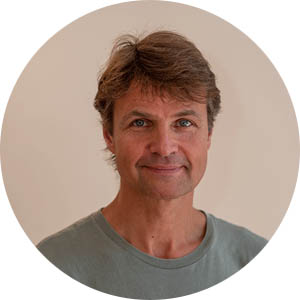
Dr. med. Günter Niessen is a specialist in orthopedics and trauma surgery, physiotherapist and yoga teacher (BDY/EYU) with over three decades of experience in body therapy. Since the mid-1980s, he has treated tens of thousands of patients using both surgical and conservative methods. His focus has increasingly shifted from classic orthopedic therapy strategies to the use of gentle healing methods. In 2008 he opened the practice for yoga and orthopedics in Berlin and co-founded the Svastha Yoga Therapy program, which is now transitioning into the expanded training of Momentum Regeneration. He is an Ayurveda therapist and certified yoga therapist according to the criteria of the International Society for Yoga Therapy C-IAYT.
More information at momentum-regeneration.com or info@momentum-regeneration.com

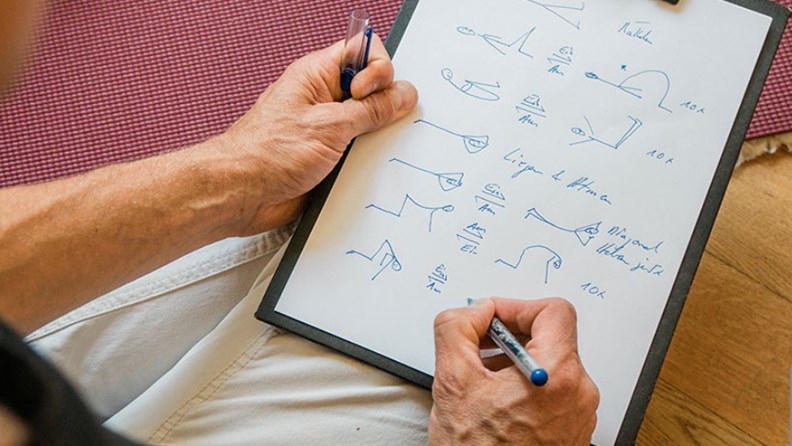


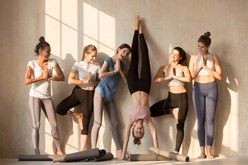

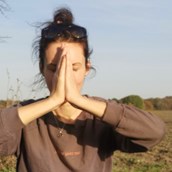
.jpg?w=172&h=172&mode=crop)
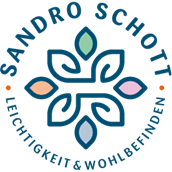
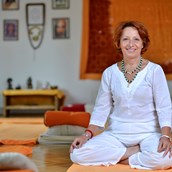

.png)